How often do you sit and wonder… ‘Hmmm how did this get its name?’ Well, my answer is too embarrassing and in this case, I was thinking about how tech terms got their names. Most names are pretty straight forward but the stories behind these 5 terms are too interesting to ignore. Let’s get right into it.
Tech Names and Their Origin Stories
Bluetooth
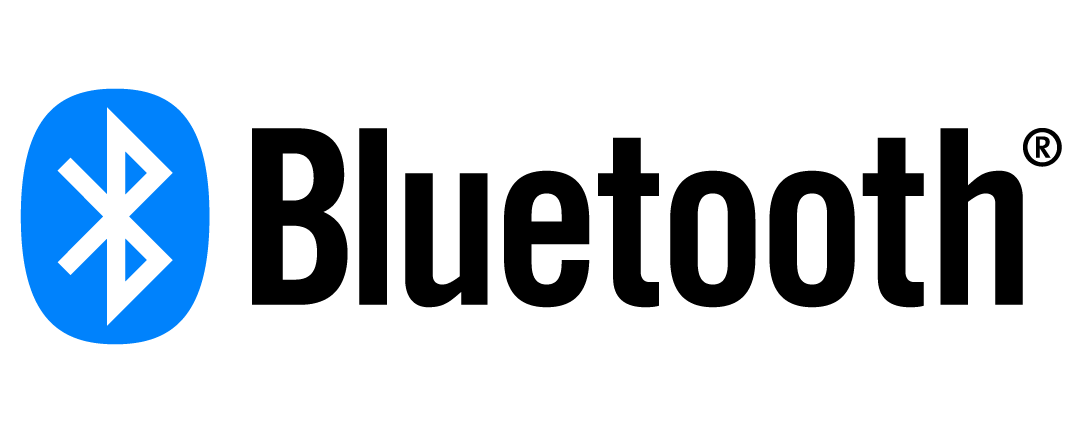

Unfortunately, the wireless technology’s name has nothing to do with being blue or tooth-like in appearance. Fortunately, it has an even better story.
At the time, Kardach, the creator who named Bluetooth, had been reading a book about Vikings. It featured the reign of Harald Bluetooth and you might already see where I am going with this
Harald Bluetooth was the Viking king of Denmark between 958 and 970. King Harald was famous for uniting parts of Denmark and Norway into one nation and converting the Danes to Christianity.
Kardach viewed the Viking as an ideal symbol for bringing competing parties together, as he explained:
Bluetooth was borrowed from the 10th-century, second king of Denmark, King Harald Bluetooth. He was famous for uniting Scandinavia just as we intended to unite the PC and cellular industries with a short-range wireless link.
The name was to be a placeholder till they found a good name but it stuck with the creators and it has been so since.
Emoji
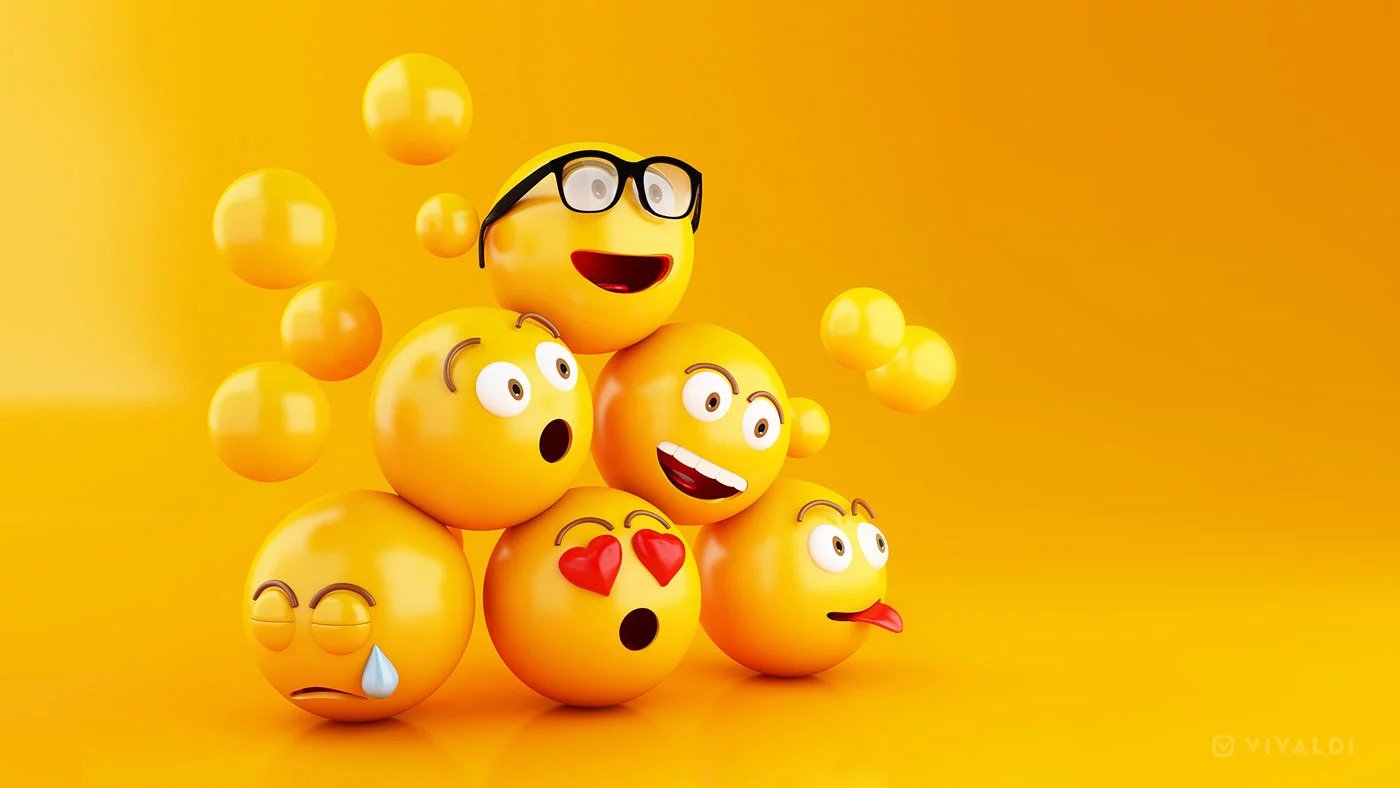

Image courtesy Vivaldi
A lot of people assume that Emoji comes from the word Emotion. It makes sense but that is quite the contrary and completely coincidental. It originally means pictograph. In fact, the word emoji comes from Japanese e (絵, “picture”) + moji (文字, “character”).
The culmination of these two words makes it obvious as to why it takes this name; a pictorial character.
Hashtag
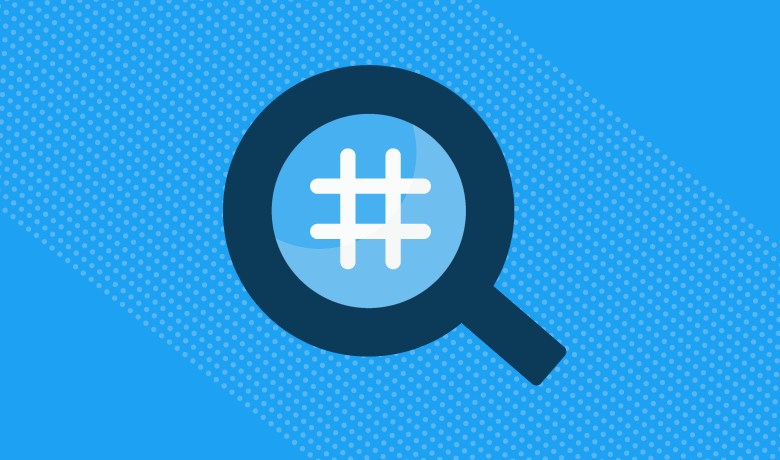

Image supplied
Back in the day, the “#” symbol was only known as a pound sign. Sometimes, even to date, we know it as the number sign. For instance, in “#1 Dad! or “let me get your #!”
However, outside the U.S., the pound sign was called the hash sign. So, the word “hashtag” doesn’t really refer to the symbol “#” itself but the symbol and the word that proceeds it (or the tag).
The hashtag was first brought to Twitter on August 23, 2007 by Chris Messina. So #mothersday means both the hash sign and the Mother’s Day Tag.
Podcast
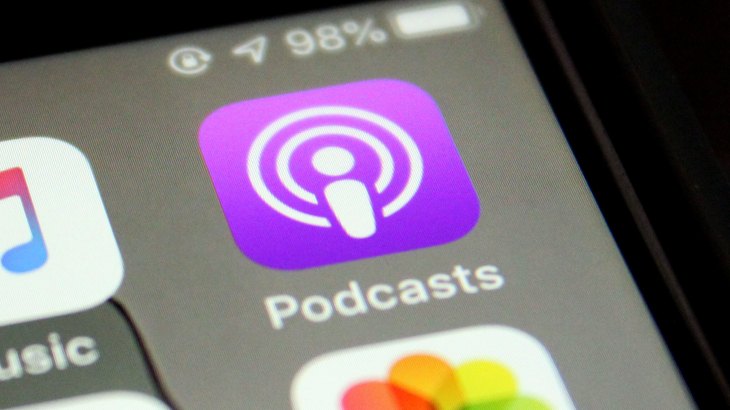

Image courtesy TechCrunch
The term “podcasting” was merely a suggested term for the new technology in an article written by The Guardian’s Ben Hammersley in 2004. This name was one of the best to describe this new form of technology.
To be fair, the other contenders aren’t really compelling; “audio blogging” and “GuerillaMedia.” One thing that made it stick was the popularity of the iPod. Having been released only three years earlier in 2001, “podcast” had an appealing nature that made it stick with the masses.
Wi-Fi
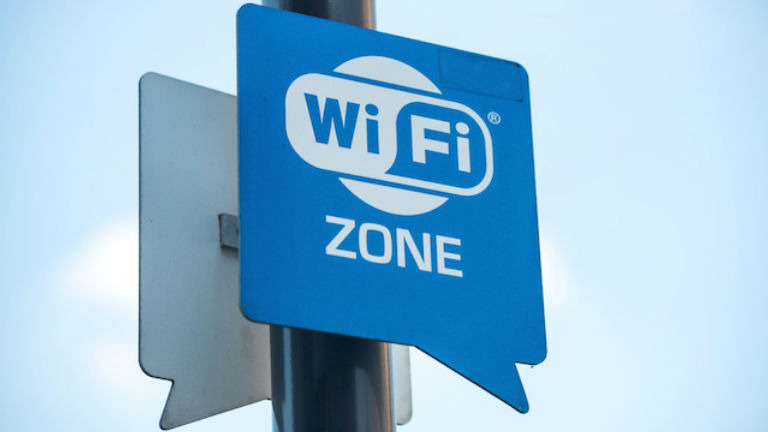

First things first… Wi-Fi stands for absolutely nothing. Many people have a few thoughts to what it means such as Wireless Fidelity, but they are all wrong.
Wi-Fi is actually a trademark of the Wi-Fi Alliance, formerly known as the Wireless Ethernet Compatibility Alliance. As explained by Wi-Fi Alliance founding member Phil Belanger,
The only reason that you hear anything about ‘Wireless Fidelity’ is some of my colleagues in the group were afraid. They didn’t understand branding or marketing. They could not imagine using the name ‘Wi-Fi’ without having some sort of literal explanation
The original name was ‘IEEE 802.11b Direct Sequence and they needed something catchier. The Wi-Fi Alliance hired Interbrand to come up with ideas, and the brand consultancy proposed 10 names. Including Wi-Fi (which sounds lot like “hi-fi,” AKA “high fidelity”).
So there you have it. Though “Wi-Fi” may have been a play on “hi-fi,” the name stands for nothing. Also, fun fact, “Wi-Fi” is the official spelling, not wifi.





Nice post thank you very much. Waiting for more.